Sharing is caring!
Characterization is one of those lessons that teachers include year after year and often repeatedly in the year. Those lessons vary in content but can always use a bit of freshening up! If you need some activities for characterization that shift from your usual game plan, then this post is for you.
I often use STEAL to explore character since it hits the major points: what a character says, what a character thinks, the effects a character has on other characters, how the character acts, and how the character looks but filling in a graphic organizer gets old, fast! As a result, I’m always on the lookout for other activities for characterization. Check out this round-up of some of the tried-and-true options I’ve used in my classroom.
Character Profile Poster
Infuse some media and visual literacy into a lesson about character by having students create a character profile. This includes working closely with the text for support as well as thinking creatively beyond the text too.
Download this FREE character profile activity to use with any text.
Character Shopping Profile
Another activity that works really well for practicing inference skills is to use a grocery receipt to make suppositions about the purchaser. But you can reverse engineer the idea by having students create the receipt based on a character.
If students are reading Roald Dahl’s short story “Lamb to the Slaughter” a receipt can include some of the ingredients used in Mary Maloney’s infamous crime-hiding dinner.
Download your FREE character receipt activity.
Character Profile Poem
As always I like to include poetry whenever I can in English class. Check out this post with 6 ways to use poetry in any novel study.
But creating poetry about a character or from their point of view is another way to include poetry. One option I use in class is a simple formula with line-by-line prompts to write about a character. The line prompts can be tweaked to better represent the text, as needed.
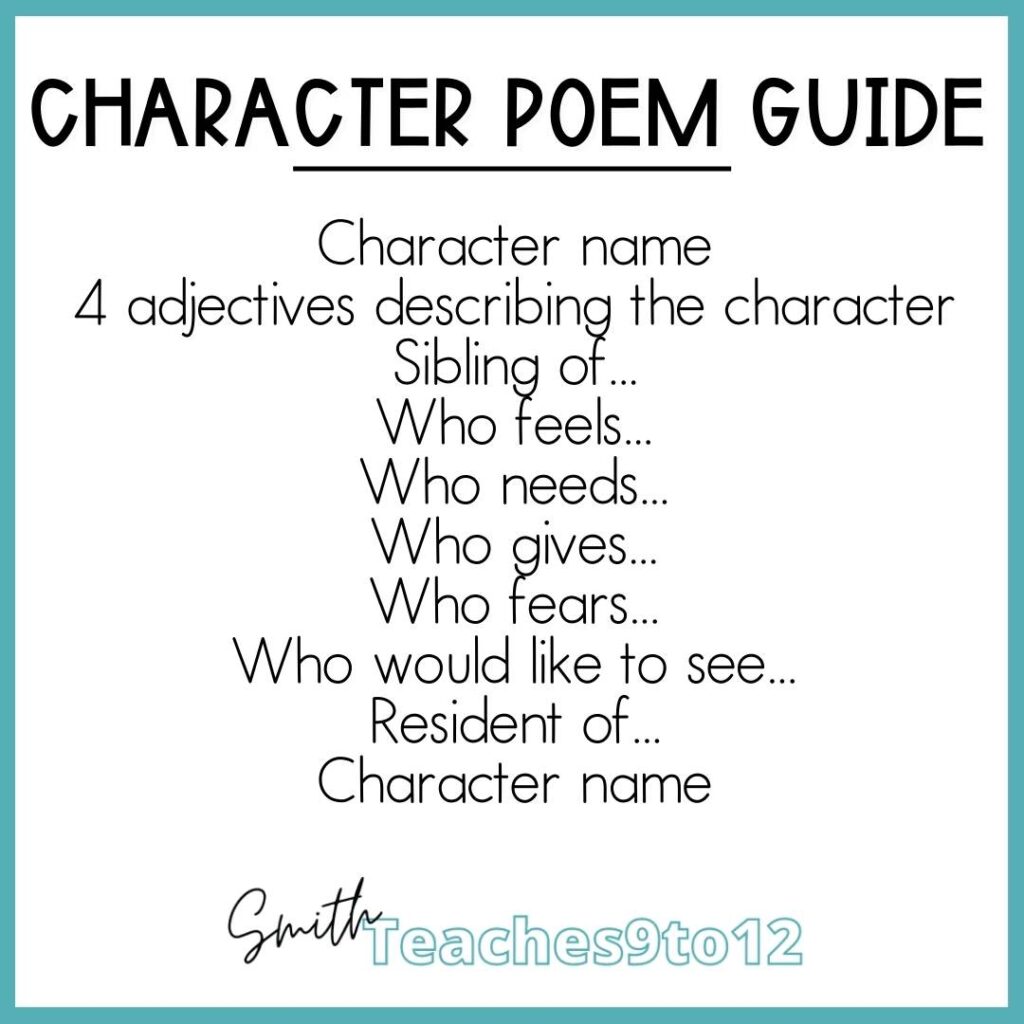
Write (and deliver) A Spoken Word Poem
Rudy Francisco’s “My Honest Poem” is amazing! I will jump at any opportunity to use it in class. In fact, one year I had students write their own Honest poems (similar to George Ella Lyon’s Where I’m From poem) early in the school year. Then I busted it out again when we were doing literature circles later in the year. With students already familiar with the content and form it was easier for them to build a version from the point of view of a character from their novels.
Check out this post for instructions and a freebie template.
Write A Limerick About A Character
There once was a man named Montag…
With that line students can be off and running to write their own limericks about the protagonist of Ray Bradbury’s Fahrenheit 451. With their formulaic structure of five lines with an aabba rhyme scheme and a straightforward rhythmic pattern per line, limericks are a fun inclusion for character activities.
Once my students started writing they wouldn’t just stop with one character. Soon enough all of the characters in the novel were the stars of their own limericks! It made for a lot of laughs in class!
Check out this ready-to-go resource to teach all about limericks. It teaches about the history and form of limericks, provides a chance for analysis, and scaffolds the writing process for students too.
Write An Ode From The Character’s Point of View
Another option to write from a character’s point of view is to use the form of an ode. Writing an ode to something a character loves can be quite revealing from the choice of object or person to the content itself.
You might explore John Keats’ “Ode to A Grecian Urn” or explore some of Pablo Neruda’s Odes to Common Things – “Ode to My Socks” and “Ode to French Fries” are personal favorites!
Grab your copy of a 1-2 day lesson plan about odes for your students.
And if you want to grade students’ work but are worried about assigning a grade to creative work, check out this post with a work-around option to effectively evaluate without relying on just creativity.
Walk A Mile In Someone’s Shoes
As a shift from poetry, try a profile in clothing to examine the external and internal elements of character. There are many options out there that ask students to create a shirt or sweater for different characters but I like to focus on shoes (and socks!). Shoes represent the external version of the character–who they present to the world. Socks represent the internal version of the character–who they ‘really’ are and what they might be hiding from the outside world.
Add this resource to your character activities toolbox.
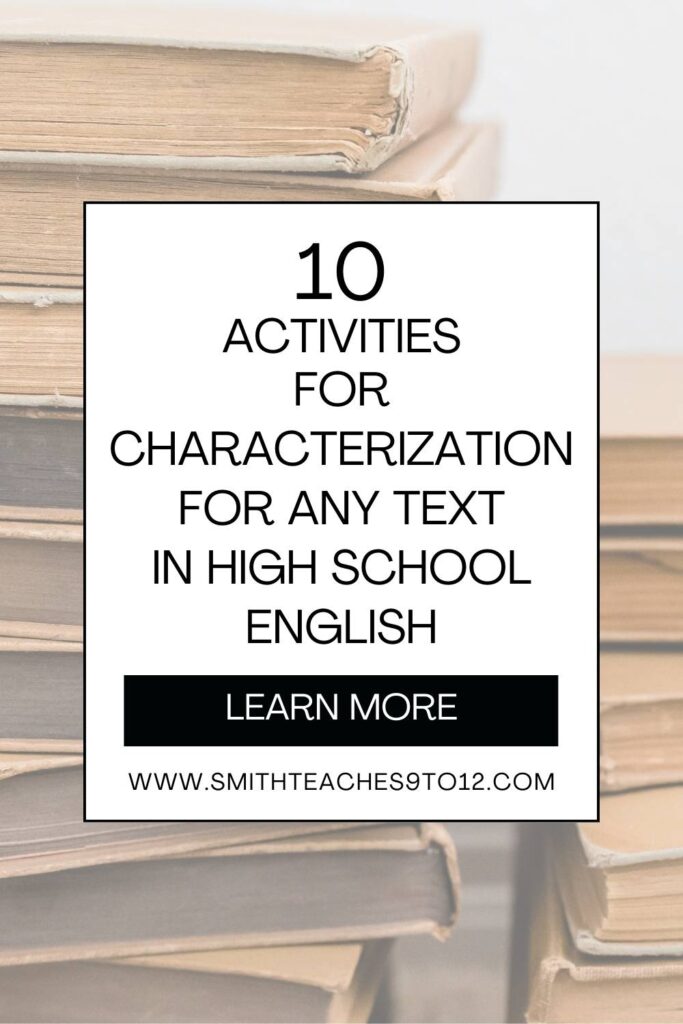
Character Postcards or Text Exchanges
With a text that includes an unfamiliar setting or a duo of characters then postcards and text messages are a great option.
Postcards provide students a creative outlet to design the image(s) on the front of the postcard and then critical thinking to best represent who a character would write to and what they would write.
To keep things updated have students create a conversation using text messages, complete with shortforms and emojis if they want! Embrace the evolution of language in appropriate forms.
Grab both of these activities in this two-for-one resource option.
You can even return to poetry here and have students create a conversation poem.
Social Media + FYP – for you page
Update the media tie-ins even more and have students create a grid for TikTok or Instagram for a character. Take the next step to include a for you page that suggests other interests too. What would one of the boys from Lord of the Flies discover on their FYP in Instagram? What would Will from Jason Reynolds’ Long Way Down find?
Soundtrack To Their Lives
Do your students live and die by their music? My students are hard-pressed to be parted from their airpods. So I’ve tried to turn this into a positive by incorporating music into class in different ways. One such option is the soundtrack creation for a specific character. Students pick a series of songs–identified by title and artist–and provide a brief rationale for the choice. This pushes them to find direct support from the novel and practice MLA format for citations in the process.
Get your own Music Playlist Activity that works for a ton of different lesson options including get-to-know-you activities to start the year, character activity for any text, and year end fun activities to reflect on the school year.
There are a ton of options to add character activities into your English class. The problem is in choosing which one! And if that’s a problem, then present 2-3 options for students and they can decide what they’d like to do. This is another opportunity to include student voice and choice to add another layer of engagement to whichever activities you choose.

Related Articles:

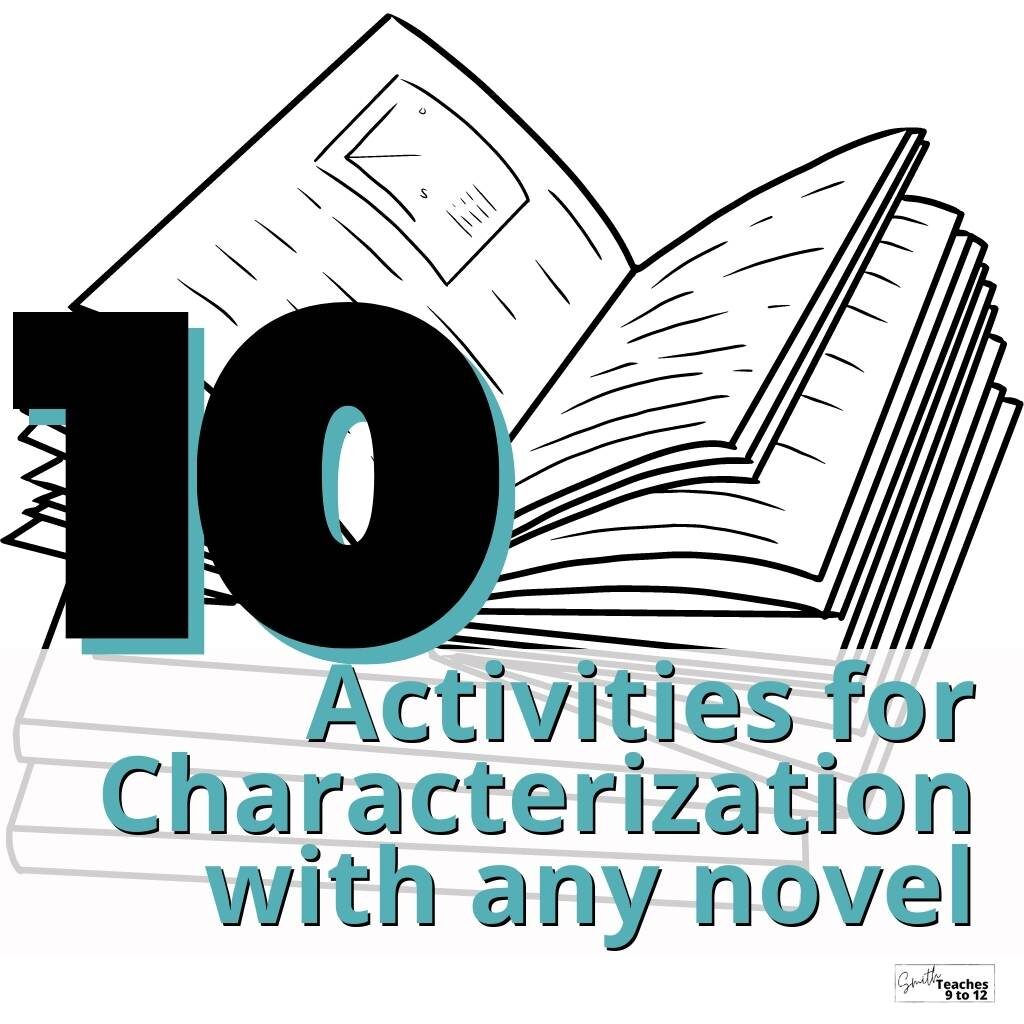
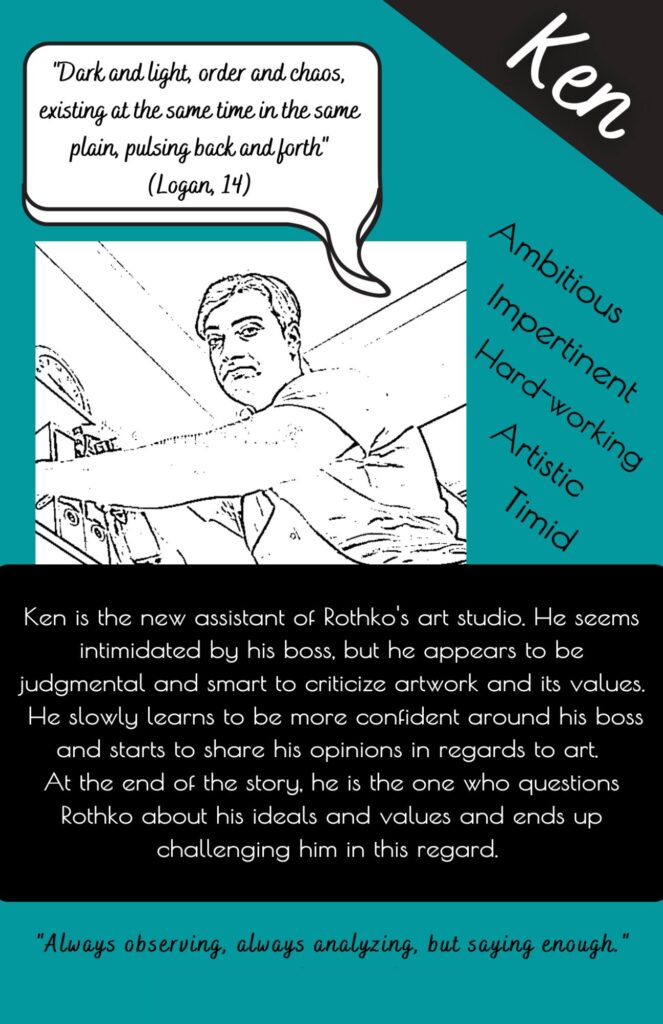
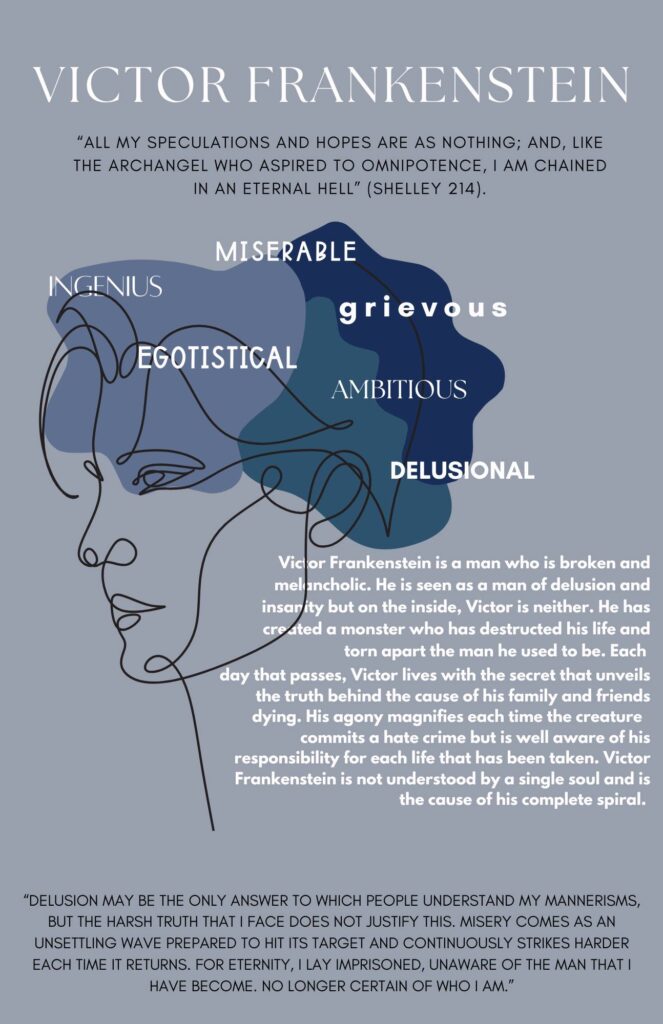

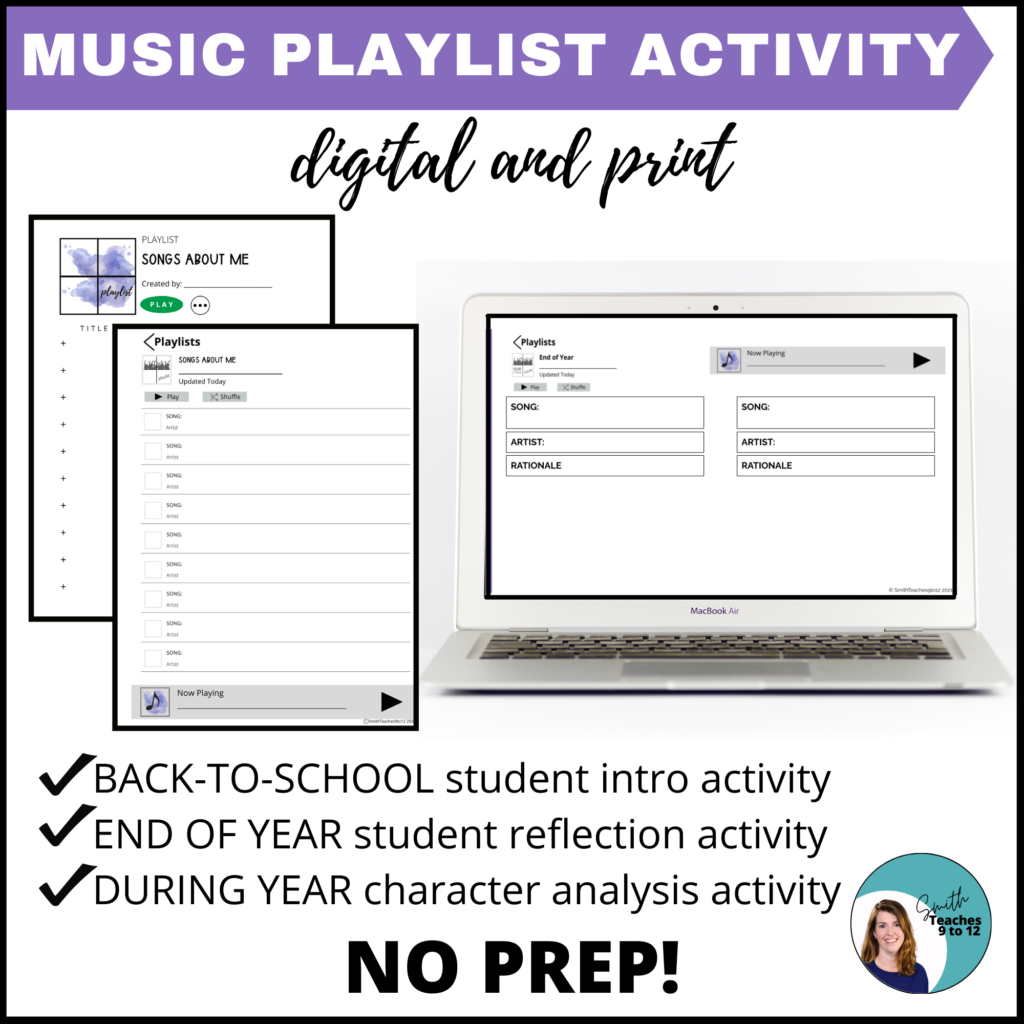

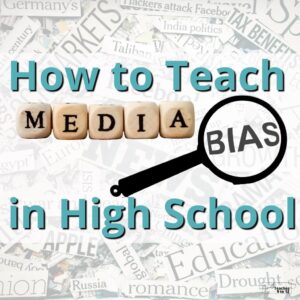

3 Responses